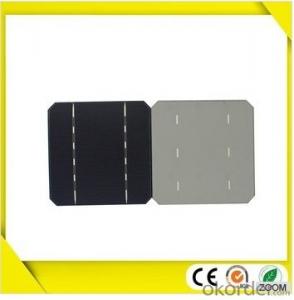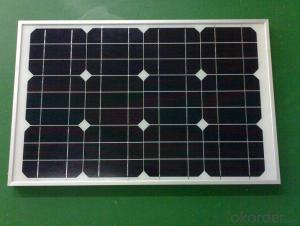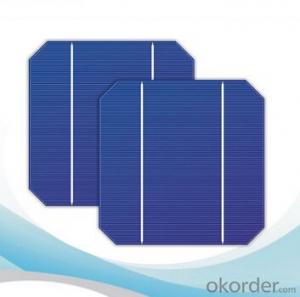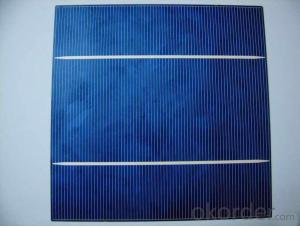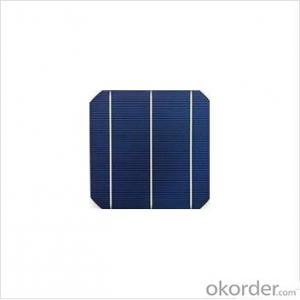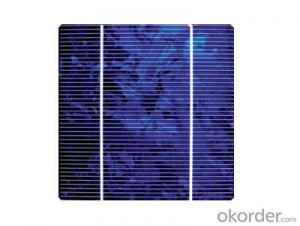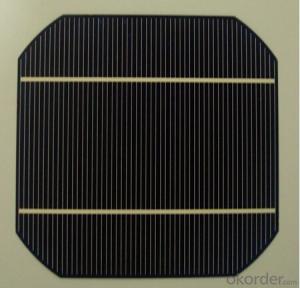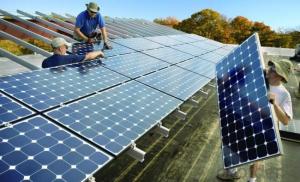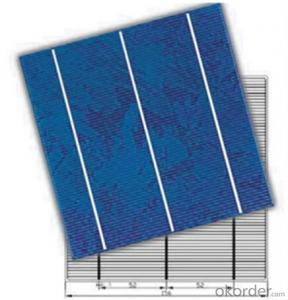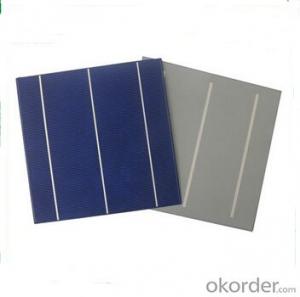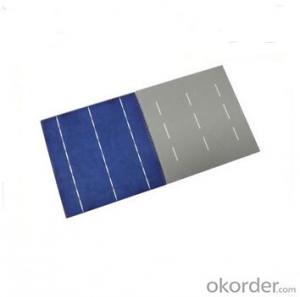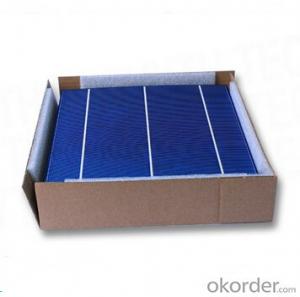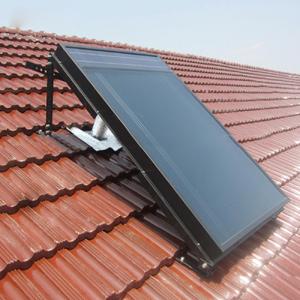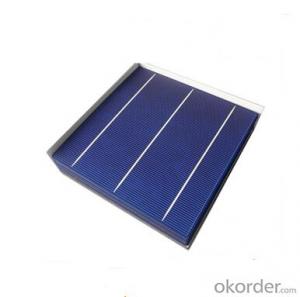Aoshike Solar Cells
Aoshike Solar Cells Related Searches
Aiko Solar Cells Organic Solar Cells Amorphous Solar Cells Amorphous Silicon Solar Cells Avorion Solar Cells Axia Solar Q Cells Azur Solar Cells Organic Printed Solar Cells Organic Polymer Solar Cells Photovoltaic Solar Cells Aerospace Solar Cells Iii V Solar Cells Free Solar Cells Agbis2 Solar Cells American Made Solar Cells Algae Solar Cells Cis Cigs Solar Cells Heliatek Organic Solar Cells High Temperature Solar Cells Chinese Solar Cells High Quality Solar Cells Pervoskite Solar Cells Flexible Organic Solar Cells Flexible Solar Cells Floating Solar Cells 1st Generation Solar Cells Affordable Solar Cells Solar Energy Cells Crystalline Solar Cells Buy Organic Solar CellsAoshike Solar Cells Supplier & Manufacturer from China
Aoshike Solar Cells are a range of high-quality photovoltaic products designed to harness the power of the sun and convert it into usable electricity. These solar cells are engineered with advanced technology to ensure maximum efficiency and durability, making them an excellent choice for a variety of applications. From residential rooftop installations to large-scale commercial projects, Aoshike Solar Cells are versatile and reliable, catering to the diverse energy needs of different users.The application and usage scenarios of Aoshike Solar Cells are vast, as they can be integrated into both small and large-scale energy systems. They are commonly used in residential settings to reduce electricity bills and promote self-sufficiency, as well as in commercial and industrial settings to lower operational costs and contribute to a greener environment. Additionally, Aoshike Solar Cells can be utilized in off-grid applications, such as powering remote communities or providing energy to portable devices in outdoor settings.
Okorder.com is a reputable wholesale supplier of Aoshike Solar Cells, offering a vast inventory to cater to the needs of various customers. With a commitment to quality and customer satisfaction, Okorder.com ensures that each order is fulfilled promptly and accurately. By partnering with Okorder.com, customers can benefit from competitive pricing, reliable service, and the assurance of receiving top-tier Aoshike Solar Cells for their energy projects.
Hot Products






